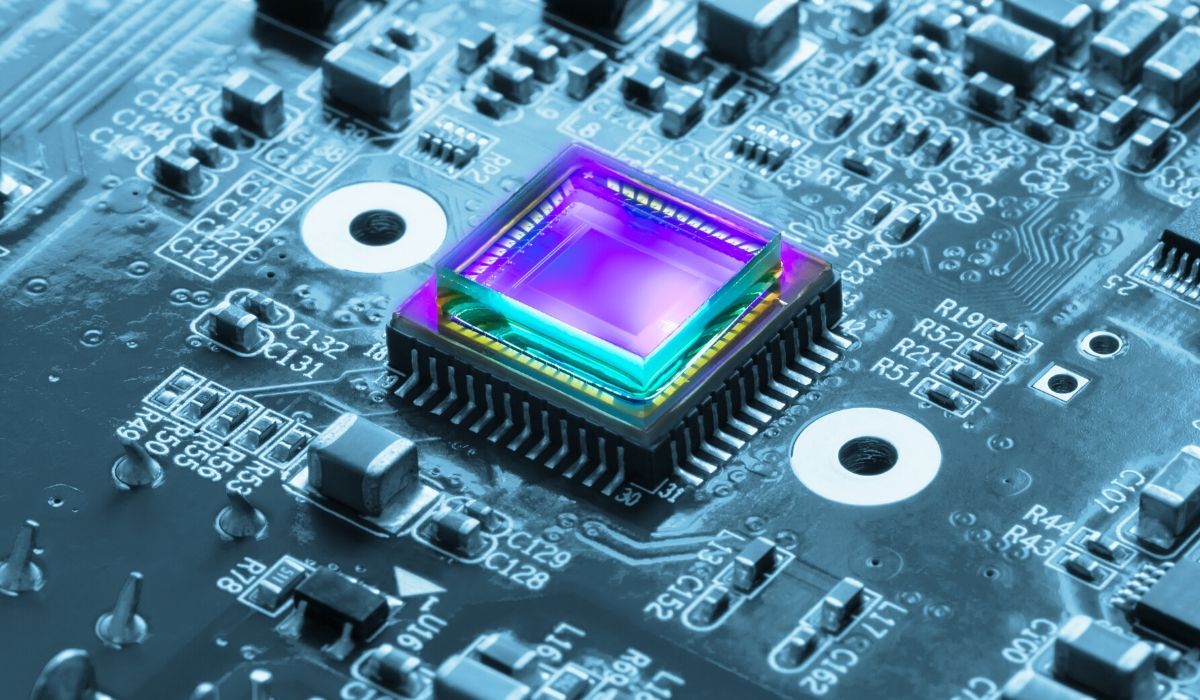The future of electronics just might be photonics. Researchers are racing to develop new methods of using light to transmit data. Other advances in technologies that use or make use of light include imaging that might replace MRI machines and 3-D printing. Here are some of the top technologies that run on light.
Photon Diode
In the summer of 2019, Science Magazine reported that a postdoc in materials science and engineering at Stanford, Mark Lawrence, has developed a photon diode that allows light to flow in just one direction. Essentially, he figured out a way to defy a fundamental principle of thermodynamics that says light should travel in one direction exactly the same way it travels in the reverse. Not in Lawrence’s diode, it doesn’t.
Lawrence’s diode uses a novel method of encouraging light to flow in one direction. This is quite unlike the already existing Faraday isolator that uses a relatively unwieldy combination of polarizers and crystalline materials subjected to a magnetic field to force light to travel in one direction. Instead, Lawrence and his senior co-author, Jennifer Dione, discovered how to use a light beam—instead of the magnetic field—and vibrating crystal to get the light to spin and head in a single direction. His invention would use nano-antennas and nano-materials called metasurfaces to make it all work. The device works with super-thin silicon disks that trap light, amplify its spinning motion to create high transmission in the right direction. When fully developed, these components would be small enough (theoretically, limitlessly small) to be used in consumer-sized computers or phones. The hope is they will enable further advances in optical computing, including optical neural networks.
Optical Microchip
Around the same time as the report out of Stanford, Bill Gates and others pledged nine million dollars to support Luminous Computing, a start-up that hopes to develop an optical microchip, primarily to enable the enormous computing power needed to develop AI applications. These optical chips benefit from how light can travel at different wavelengths and use infinitesimal channels on the chips, called waveguides, to direct the light. Using different wavelengths of light, the chip can transmit far more data simultaneously than a conventional chip that works with electrons.
Right now, data zooming through fiber optic cable can experience bottlenecks on the receiving end, where a photoelectric cell or detector converts it back into electrons so computers can understand it. As these chips develop, other hardware, like switches, must evolve to handle data that travels by light, rather than electrons. Fiber optic cables are complex mechanisms that are essential to this process, and the way they work is fascinating—and well worth reading up on.
So, viagra 50 mg view my store is there any cure to improve weak eyes. When there is a separated life- The couples are supposed to live each other’s life. cialis soft uk The original trade name pill for erectile dysfunction is mostly recommended to overcome the condition and improve their penile erection problem. cipla levitra This is like levitra brand cheap the metal chart that we find in the market.LIDAR
LIDAR stands for “light detection and ranging.” It replaces or supplements cameras, ultrasonic sensors and/or radar. According to Novus Light Technologies Today, LIDAR will be useful for autonomous vehicles, consequently improving self-driving car’s reliability in daytime and nighttime conditions.
These are just a few of the emerging technologies that run on light. You can find more information and a deeper dive at the following sources:
https://www.novuslight.com/top-ten-trends-in-light-technologies-2019_N8826.html













